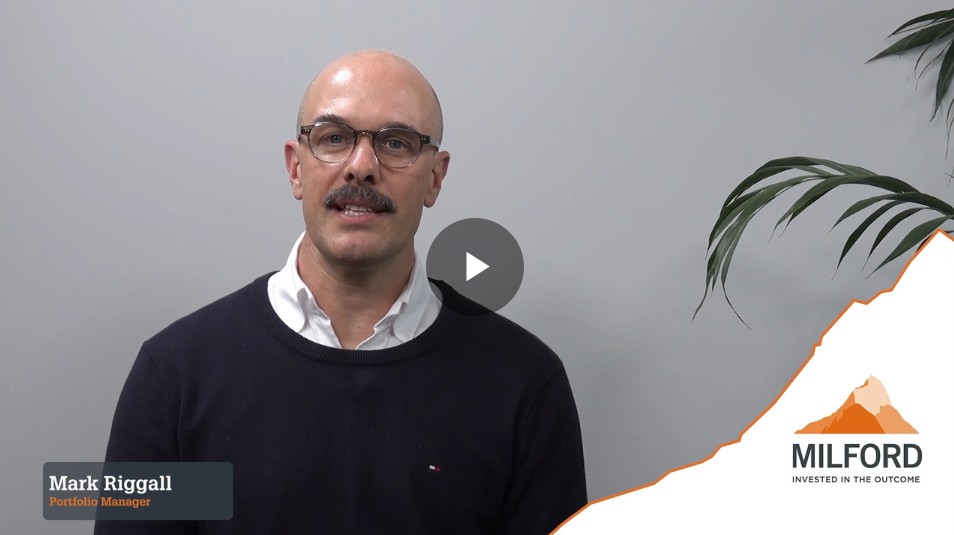Over the last two months the Australian banks have finally joined the broader share market recovery that began in late March. The first catalyst was the realisation that Australian economy is recovering faster than expected, meaning bad debts will likely be less than feared. The second catalyst was this month’s vaccine developments which have further improved the bad debt outlook.
The major bank stocks are up around 30% in two months. Despite this they remain 10 to 20% below their pre-COVID highs. This blog will have a quick look at the outlook for banks from here.

The drivers of bank weakness
There were two main drivers of the large fall in banks in March as well as their sluggish recovery (until recently). The first, was anticipated bad debts and associated capital problems. This concern has largely abated and been reflected in the recent rally. The second, is lower margins and earnings due to the low interest rate environment. This issue remains and will likely determine how far this bank rally can go.
The net interest margin headwind
The Australian banks generate around 80% of their revenues through their net interest margins (NIM). This is the difference between what they earn on a loan and what they pay on their funding (mostly in the form of customer deposits and wholesale bond issues). Unfortunately, a combination of the falling interest rates and intense competition are driving down their NIMs.
The banks typically benefit from a large pool of at-call customer deposits (your chequing accounts) that they pay 0% interest on but can use that money to lend out on products such as mortgages. When mortgage rates were at 3%, they could earn a 3% margin on this spread. Now that mortgage rates are as low as 2%, they can only make a 2% margin, lending out those same those same at-call deposits.
Typically, in a recession or financial crisis, weak financial institutions collapse or struggle for capital causing competition to abate and allowing the surviving lenders to price up mortgages to maintain or even increase margins. This played out following the Financial Crisis in 2009.
This crisis is playing out differently. The huge amounts of monetary and fiscal stimulus have kept smaller and less well capitalised financial institutions well-funded meaning competition is as fierce as it has ever been. The brand value of the major banks has also eroded over the last decade forcing the majors to compete on price to maintain market share. The resulting decline in NIMs is shown below.

Outlook from here
This NIM headwind means that even with a stronger economy and modest bad debts, the banks’ earnings will likely not recover to their pre-COVID levels for some time. For recovery to occur we need to see NIMs improve though an abatement in competition or increases in the RBA cash rate. Competition looks set to remain for the time being as well funded smaller lenders compete to gain a larger slice of the market. And the RBA has indicated it intends to keep its cash rate unchanged for 3 years – although it is possible the RBA will be forced to increase rates sooner if the economy overheats.
On the positive side, we are likely to see APRA remove the existing 50% dividend payout restriction put in place earlier this year. This dividend boost and the lack of high yielding investments may see the banks trade at higher earnings multiples than in recent years, driving some further upside in prices from current levels.
Post this, we think the NIM outlook needs to improve to see a substantial rally above pre-COVID share prices.



